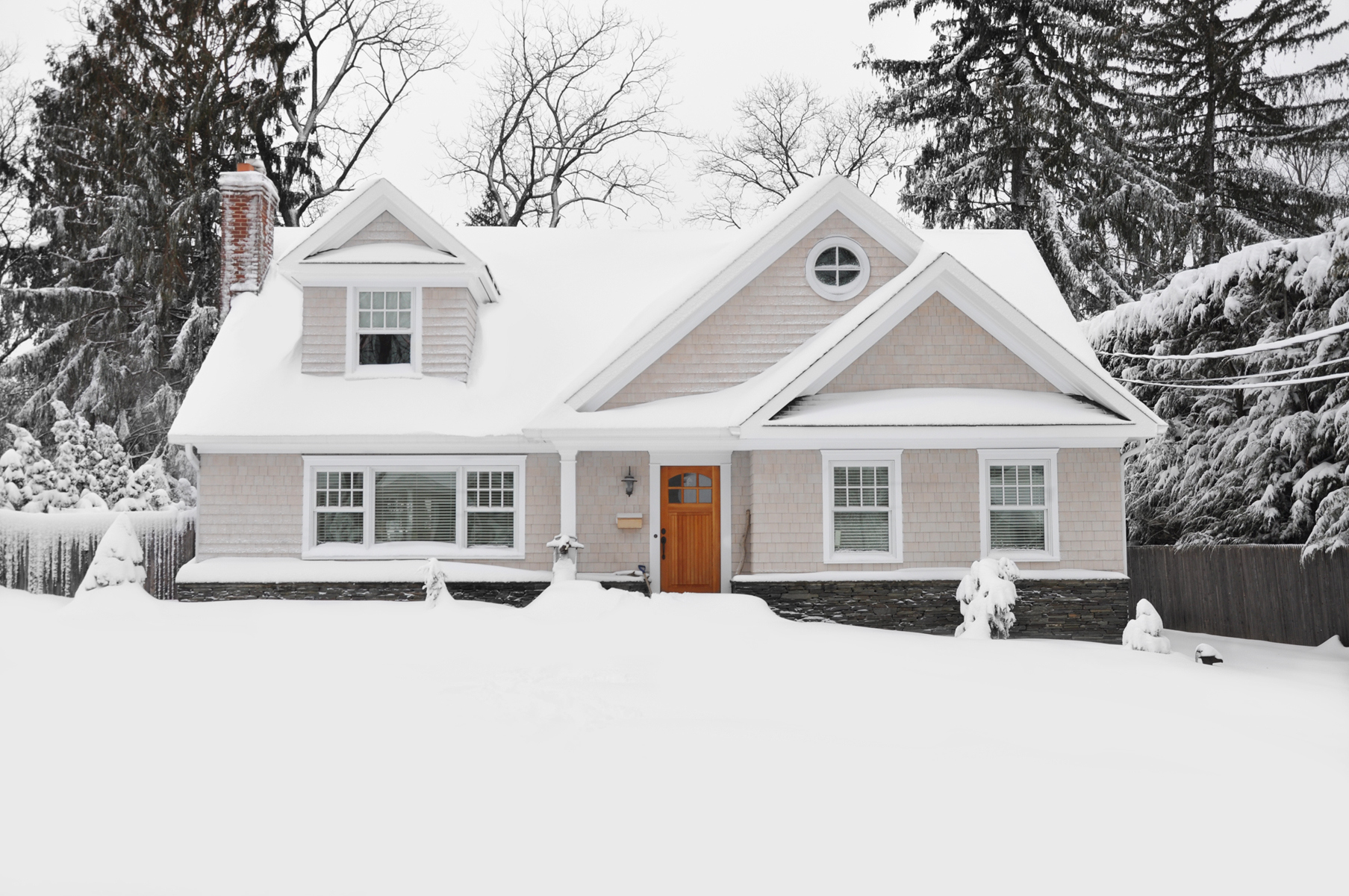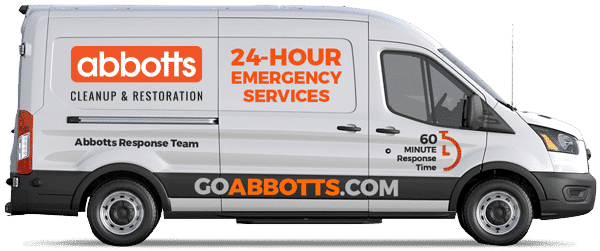
Your Winter Maintenance Checklist
Brrr! Winter is here, and boy is it cold! Record-breaking lows have been seen all throughout the country in recent weeks and that trend isn’t going to be changing anytime soon. So, what can you do to make sure that your home is warm, safe, and comfortable throughout the rest of the long, Colorado winter? This simple winter maintenance checklist will make the cold months a lot more bearable this year!
Prevent Ice Dams
Ice dams are an unfortunate fact of life for many homeowners in colder regions. Snow and ice frequently form on the rooftops of Colorado homes during the winter months. When snow and ice remain frozen, they don’t pose much of a threat. As soon as that same snow and ice becomes warm enough that it starts to melt, though, you could be facing big problems. Ice dams occur when melting snow pools behind existing ice along the roof’s edge and then seeps back up under the shingles. From here, the melting water will start to drip through your roof, into your soffits, and finally into your home. This creates problems with the structural integrity of your roof, damage to drywall, issues with mold, and so much more.
So, how do you stop an ice dam from forming? Applying heat tape or wire on a problem area of your roof can help combat ice forming in the first place. Just make sure to redirect any meltwater away from the roof and into downspouts, which should also be heated with tape or wire to ensure the runoff does not freeze.
Avoid Frozen Pipes
One of the most common wintertime problems within the home involves frozen pipes. When the temperatures outside get cold enough, the water inside your pipes can freeze and expand. This, of course, causes pipes to crack and break. The next thing you know, you’re dealing with a full-blown flood inside your home during the worst possible time of year! Fortunately, there are ways to avoid this type of disaster. We recommend insulating any pipes that are located near windows or exterior walls. You can also keep the doors open under cabinets to allow more heat from your home to reach the pipes and keep them from freezing. Finally, consider allowing a trickle of water to keep flowing through your pipes at all times. And while you’re at it, it’s also a good idea to disconnect your outdoor hoses and to shut down any outdoor plumbing until the temperatures heat up.
Seal Up Cracks and Leaks
Does your home ever feel chilly or drafty? If so, you’ve got some leaks and cracks that need to be addressed. Not only do air leaks allow cold air to penetrate your home and decrease the efficiency of your heating system, but they can also allow melting snow and ice to find their way inside of your home and lead to flooding. Do a thorough inspection around your window and door frames and around foundation walls in order to detect leaks and seal them with caulk.
Clean Your Chimney
If you like the idea of a warm, crackling fire during the winter, it’s very important that you clean out your chimney. Dirty chimneys that are filled with soot and debris can cause chimney fires and can also fill your home with soot and smoke.
Check Your Safety Systems
Furnaces and fireplaces are your best friend during the cold months – when they’re working properly. In some cases, problems can occur that could possibly lead to fires or carbon monoxide leaks. In order to protect yourself and your family, be sure to regularly check your smoke and CO detectors, and change dead batteries immediately.
Proper winter maintenance can significantly decrease your risk of fire or flood during the winter season. In the event that disaster does strike, however, you’re not alone. The pros at Abbotts Fire & Flood are ready to help in your hour of need. Give us a call for a free estimate today.

